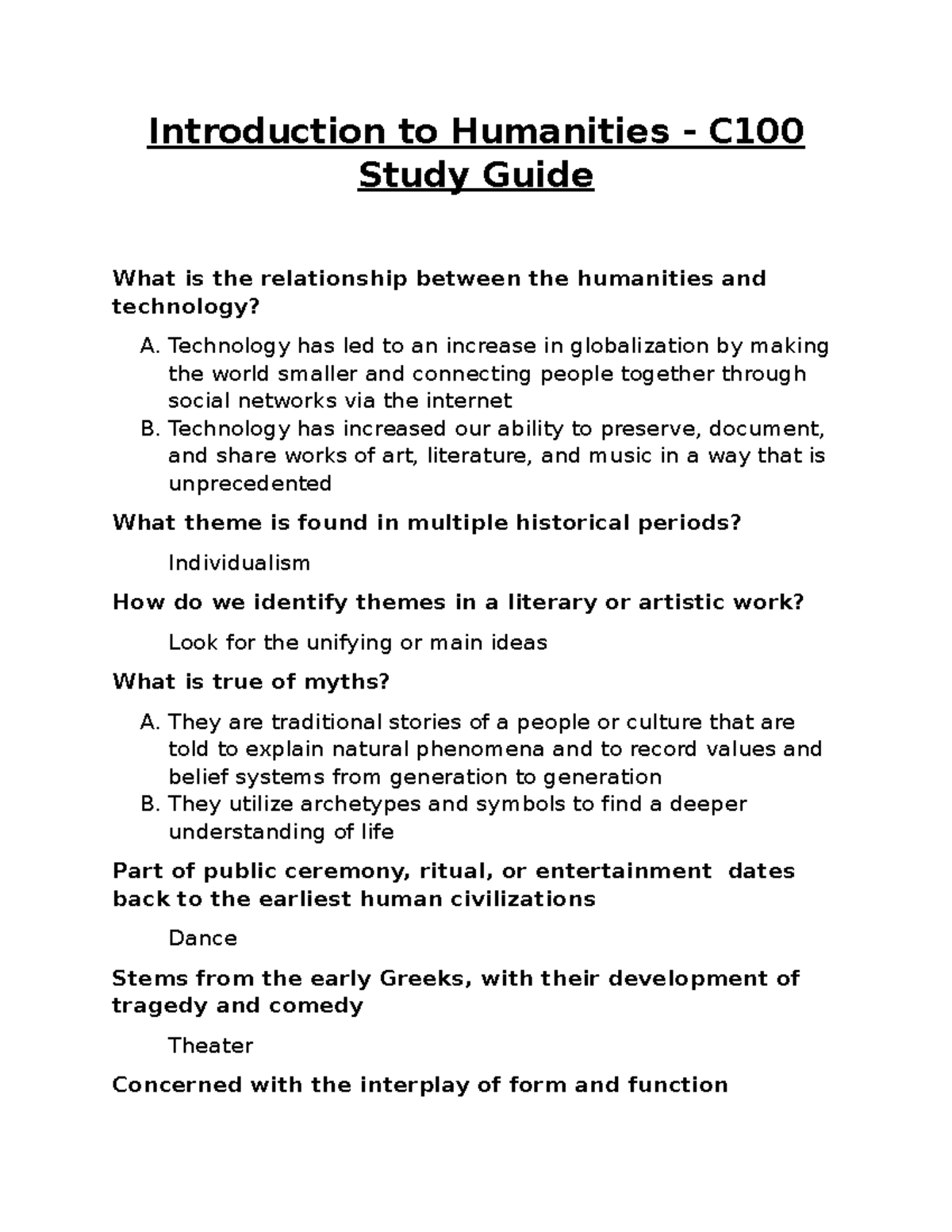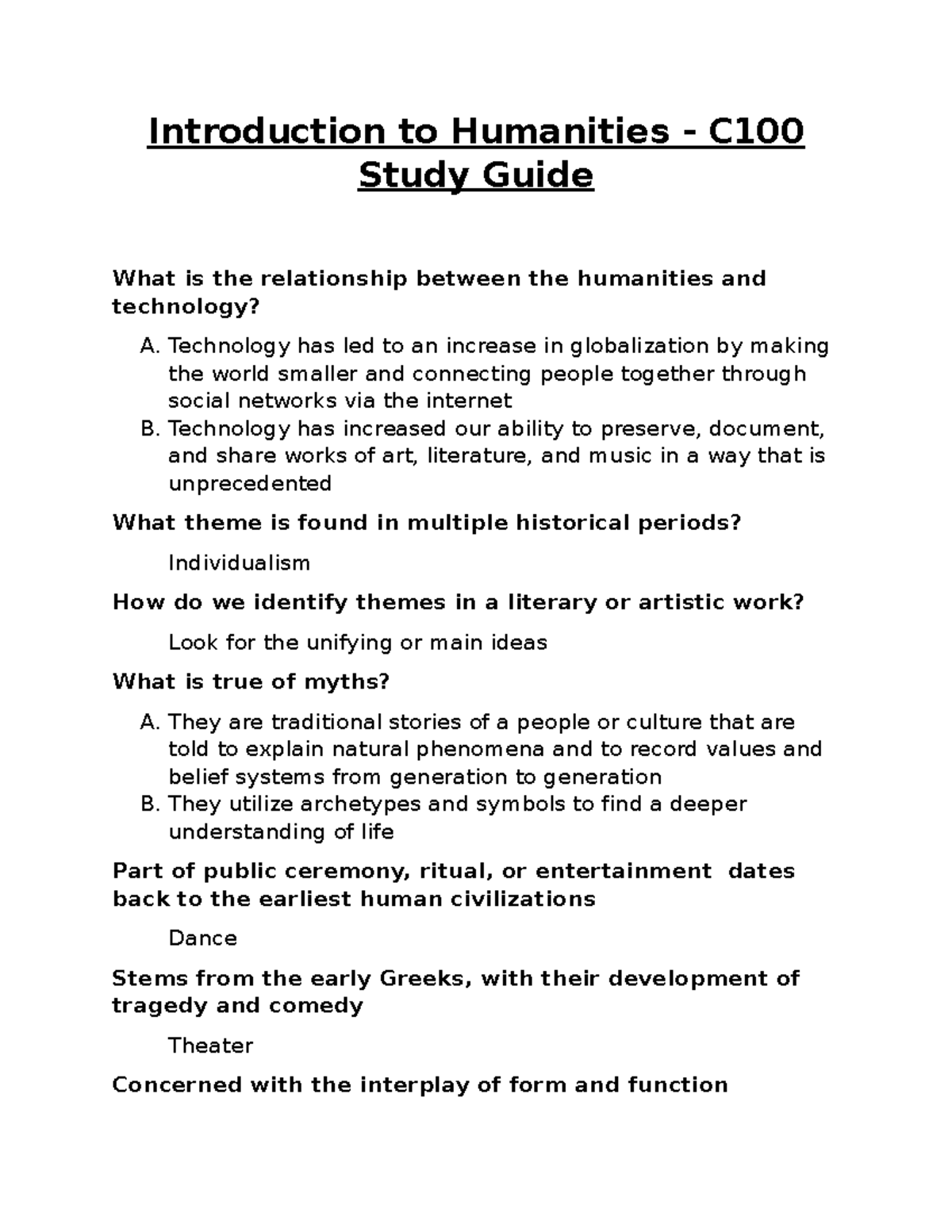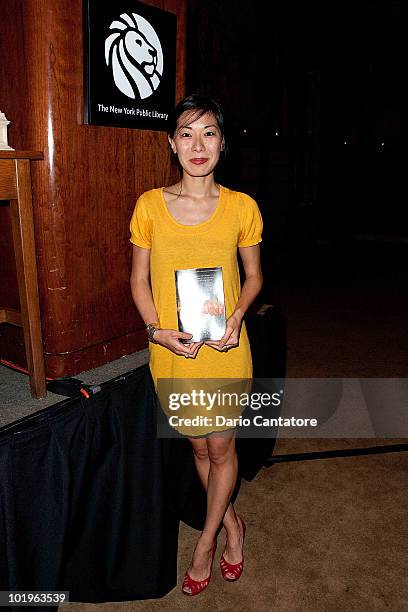Cluny III, once heralded as the grandest architectural marvel of medieval Europe, was a Benedictine abbey that captured the imagination of historians and architects alike. Built in 1088 in the picturesque Burgundy region of France, this monumental structure became a symbol of innovative medieval architecture, remarkable for its sheer scale and design. However, after its tragic destruction during the French Revolution, little remained but remnants of its former glory. Harvard architectural historian Kenneth Conant ventured into the ruins in the 1920s, committed to reconstructing Cluny III’s intricate design and narrative using both historical texts and archaeological evidence. His groundbreaking work not only transformed the understanding of Cluny abbey but also sheds light on the evolution of architectural history and the significance of preserving these venerable structures.
The story of Cluny III extends far beyond its physical remnants; it resonates deeply within the field of architectural heritage. This monumental Benedictine church stands as a testament to the ingenuity of medieval society and represents a pivotal chapter in architectural evolution. The legacy of Cluny is not solely about its size but also its influence on subsequent religious structures across Europe. Kenneth Conant’s scholarly pursuit to revive the essence of the abbey illustrates the enduring fascination with our architectural past and the tools researchers employ to envision such historical wonders. In a world rapidly advancing towards modern construction, the exploration of Cluny’s past serves as a reminder of the architectural mastery that defined a crucial era in history.
Rediscovering Cluny III: Kenneth Conant’s Architectural Journey
Kenneth Conant, a pivotal figure in architectural history, embarked on an extraordinary journey in the 1920s to reconstruct Cluny III, the once-majestic Benedictine abbey in France. This architectural marvel, which was the largest building in medieval Europe, lay in ruins; its materials scavenged during the tumultuous times following the French Revolution. Conant’s meticulous exploration of this historic site illustrates the challenges and triumphs faced by scholars attempting to piece together the past using remnants and historical documents. His work emphasizes the importance of understanding medieval architecture’s evolution, focusing on Cluny III as a centerpiece of that narrative.
As Conant navigated the ruins of Cluny, he not only studied the physical remains but also delved into the broader architectural history surrounding the structure. By examining similar abbeys and referencing ancient texts, he aimed to visualize Cluny III in its original splendor. His idealistic approach created a vivid representation that resonates even today, offering new generations the opportunity to appreciate the grandeur of medieval architecture. This synthesis of history and artistic interpretation is critical for modern scholars in the field who seek to understand how architecture reflects cultural and spiritual values, particularly during the medieval period.
The Influence of Cluny Abbey on Medieval Architectural Style
Cluny Abbey significantly influenced the development of medieval architecture, acting as a model for countless other religious structures across Europe. Its design principles, characterized by the innovative use of space and light, helped shape the Romanesque style. The high ceilings and expansive interiors of Cluny III not only symbolized the glory of God but also communicated the power and authority of the Benedictine order. This architectural approach encourages reflection on how spiritual beliefs manifest through structural design, bringing forth a deeper understanding of the relationship between architecture and faith during the Middle Ages.
The legacy of Cluny Abbey is evident across many subsequent styles of architecture. The enduring impact of its design principles can be seen in later Gothic cathedrals that adopted and adapted these features, such as ribbed vaults and pointed arches, to create even grander structures. The works of architects who followed in Cluny’s footsteps highlight the importance of understanding the historical context of architecture. They reveal how each generation of builders drew inspiration from their predecessors, intertwining ideas that continue to influence modern architectural practices. By studying Cluny, scholars and students of architecture gain insights not only into building techniques but also into the cultural narratives that these structures represented.
Kenneth Conant and the Art of Architectural Reconstruction
Kenneth Conant’s meticulous approach to reconstruction set a precedent in the field of medieval architecture. Through extensive research and innovative techniques, he proposed detailed restorations of structures that had long been lost to time. His passion for Cluny III was rooted in a desire to understand its original form and the implications of its design on monastic life. By compiling evidence from various archaeological findings and historical texts, Conant crafted a vision that transformed the fragmented pieces of Cluny into an almost tangible experience, allowing viewers to engage with the abbey as it once stood in its medieval context.
This level of reconstruction involved not only detailed drawings but also theoretical frameworks that reflected both the physical and spiritual dimensions of the abbey. Conant’s work encourages contemporary practitioners in architectural history to employ both traditional and technological methods to interpret and visualize past structures. Today, this practice has evolved with advancements such as 3D modeling and virtual reality, providing scholars and enthusiasts alike with dynamic tools to explore the intricacies of architectural history. Conant’s legacy inspires a continued commitment to understanding the past while utilizing innovative methods that bridge the gap between history and modern interpretation.
The Modern Exhibit: Technology Meets Medieval Architecture
The exhibition “Envisioning Cluny: Kenneth Conant and Representations of Medieval Architecture, 1872–2025” showcases the intersection of technology and historical inquiry, bringing Cluny III back to life through modern means. With the integration of 3D reconstructions- made possible through photogrammetry techniques- visitors can interact with detailed images of the lost abbey and its ornate capitals. This technology not only honors Conant’s legacy but also enhances our understanding of how medieval architecture was experienced in its time. By enabling a hands-on experience, the exhibit encourages a deeper appreciation for the creativity and craftsmanship that characterized the period.
Furthermore, the exhibit highlights how historical narratives are conveyed in contemporary formats. The transition from traditional representation techniques to interactive displays allows for a more comprehensive exploration of historical architecture and its significance. Visitors can engage with models that help illustrate the complex story of Cluny III, providing insights into its construction methods, architectural styles, and the monastic life that it supported. This innovative approach serves as a reminder of the importance of evolving methodologies in the study of architectural history, ultimately fostering a richer dialogue between the past and the present.
Insights from Cluny’s Capitals: The Mystique of Medieval Art
The remnants of Cluny III, particularly the eight capitals found within the structure, pose a captivating mystery for historians and art enthusiasts alike. Each capital, adorned with intricate carvings, offers a glimpse into the artistic expressions of the Romanesque period, reflecting the cultural and religious nuances of medieval society. The ongoing debate over their interpretations—ranging from depictions of seasons to representations of monastic virtues—demonstrates the complexities of deciphering historical artwork. Conant’s fascination with these capitals exemplifies how architectural features served not only structural purposes but also conveyed deeper spiritual narratives.
The uncertainty surrounding the capitals invites further inquiry into the identities of their sculptors and the stories they intended to tell. Art historians continue to analyze the styles and motifs embedded within these carvings, seeking connections to broader artistic movements of the time. This analysis complements the architecture of Cluny III itself, as it reveals the interrelationship between artistic innovation and architectural design in the medieval period. By studying these elements collectively, we gain a more holistic understanding of how monasteries like Cluny served as centers of artistic production, influencing the wider cultural landscape of medieval Europe.
The Role of Harvard in Advancing Architectural History
Harvard University plays a pivotal role in the advancement of architectural history, as evidenced by the work of Kenneth Conant and the ongoing research conducted at the Harvard Graduate School of Design. Through the establishment of the architectural history program, Harvard nurtured a generation of scholars dedicated to exploring the legacy of buildings like Cluny III. The university continues to serve as a hub for interdisciplinary studies that combine history, technology, and conservation, fostering an environment where innovative scholarship can thrive.
The resources available at Harvard, including extensive archives and collaborative efforts among departments, empower scholars to engage with complex architectural narratives. By leveraging technology to recreate the experience of historical structures, Harvard provides a unique platform for understanding how architectural principles have evolved over the centuries. This is particularly important for comprehending the nuances of medieval architecture, where context and craftsmanship shaped the identities of buildings like Cluny. The university’s commitment to integrating past and present methodologies transcends traditional education, ensuring that the study of architecture remains dynamic and relevant.
Embracing Technological Advancements in Architectural Studies
The field of architectural history has greatly benefited from technological advancements, particularly in how scholars approach the reconstruction of historical buildings. Techniques like photogrammetry and augmented reality offer new dimensions for analyzing structures like Cluny III. By digitizing artifacts, such as the distinct capitals of the abbey, modern scholars can disseminate information more effectively and engage with a wider audience. This not only preserves the history of architectural practice but also encourages a broader interest in medieval architecture and its cultural significance.
Further, these technologies allow for enhanced visual and experiential learning, as students and historians can interact with 3D models that represent sites long lost to time. This shift from traditional methods to contemporary tools reflects the evolving nature of architectural studies, encouraging scholars to adopt innovative approaches that respect and reinterpret the past. By embracing these advancements, architecture as a discipline can foster a greater understanding of its historical foundations while adapting to the needs of today’s learners.
Connecting Past and Present through Architectural Inquiry
As scholars continue to investigate the architectural legacy of structures like Cluny III, the practice of weaving together the past and present remains paramount. The architectural inquiry not only involves analyzing historical documents and physical remnants but also reimagining the experiences of those who inhabited these spaces. Understanding how medieval architecture functioned within its societal context provides valuable insights into the cultural narratives that shaped the built environment.
By encouraging interdisciplinary collaborations among historians, architects, and artists, contemporary studies can create a dialogue that illuminates the relevance of architectural history in today’s world. The exploration of Cluny III exemplifies how the examination of past structures transcends mere aesthetics, engaging with themes of spirituality, culture, and human experience. This holistic perspective is vital for fostering appreciation of historical architecture and deepening our understanding of its continuing impact on modern design.
Frequently Asked Questions
What significance does Cluny III hold in medieval architecture?
Cluny III, constructed in 1088 in Burgundy, France, was one of the largest Benedictine abbeys in medieval architecture, showcasing innovative design and influencing monastic church layouts throughout Europe for centuries.
How did Kenneth Conant contribute to the study of Cluny III?
Kenneth Conant played a pivotal role in reconstructing Cluny III’s architectural history by meticulously studying its ruins and producing detailed illustrations, which helped future generations understand this significant medieval abbey.
What is the focus of the exhibit on Cluny III at Harvard?
The exhibit titled ‘Envisioning Cluny: Kenneth Conant and Representations of Medieval Architecture, 1872–2025’ at Harvard explores the evolution of understanding Cluny III through technology, from Conant’s original studies to modern digital modeling.
What architectural features made Cluny III remarkable?
Cluny III was notable for its architectural grandeur, measuring over 500 feet long and 100 feet high, with intricate capitals that adorned its columns, representing an advanced stage of medieval architectural design.
What is the historical impact of Cluny abbey on monastic life?
Cluny abbey, particularly Cluny III, was a center of monastic life and reform, setting new standards for Benedictine practices and influencing the monastic movement across Europe during the medieval period.
What innovations in digital modeling are showcased in the Cluny III exhibit?
The exhibit demonstrates innovations like 3D digital models created using photogrammetry, allowing viewers to interactively explore the architectural details of Cluny III, a feat unimaginable during Kenneth Conant’s time.
What mysteries surround the capitals of Cluny III?
The capitals of Cluny III remain a topic of intrigue due to their damaged condition and varied interpretations, with some believing they depict seasonal themes, reflecting the complex storytelling through Romanesque sculpture.
How has the study of Cluny III evolved since Kenneth Conant’s time?
Since Kenneth Conant’s initial studies, the study of Cluny III has evolved to incorporate modern technology, enabling architectural historians to analyze and visualize the site in increasingly sophisticated ways.
| Key Point | Details |
|---|---|
| Introduction to Cluny III | Once the largest building in Europe, it was largely destroyed after the French Revolution. Harvard historian Kenneth Conant began studying it in the 1920s. |
| Kenneth Conant’s Efforts | He aimed to reconstruct Cluny III using various tools and technologies, from hand-drawn sketches to modern 3D models. |
| The Exhibit | “Envisioning Cluny: Kenneth Conant and Representations of Medieval Architecture, 1872–2025” showcases these efforts and modern interpretations of medieval architecture. |
| The Cluny Capitals | Eight capitals from Cluny III, with missing details, provide insight into medieval sculpture and its storytelling potential. |
| Technological Advances | Modern technology allows for interactive exploration of Cluny III’s design, enhancing the study of its architectural history. |
Summary
Cluny III stands as a monumental symbol of medieval architecture and culture, with Kenneth Conant’s passionate reconstruction efforts highlighting its historical significance. The exhibition “Envisioning Cluny” reveals not only the extraordinary scale of the abbey but also demonstrates how modern technology bridges the gap between the remnants of the past and today’s understanding of architectural history. This journey into the past, driven by scholarly curiosity and advanced technology, offers new perspectives on Cluny III’s grandeur and mystery.










